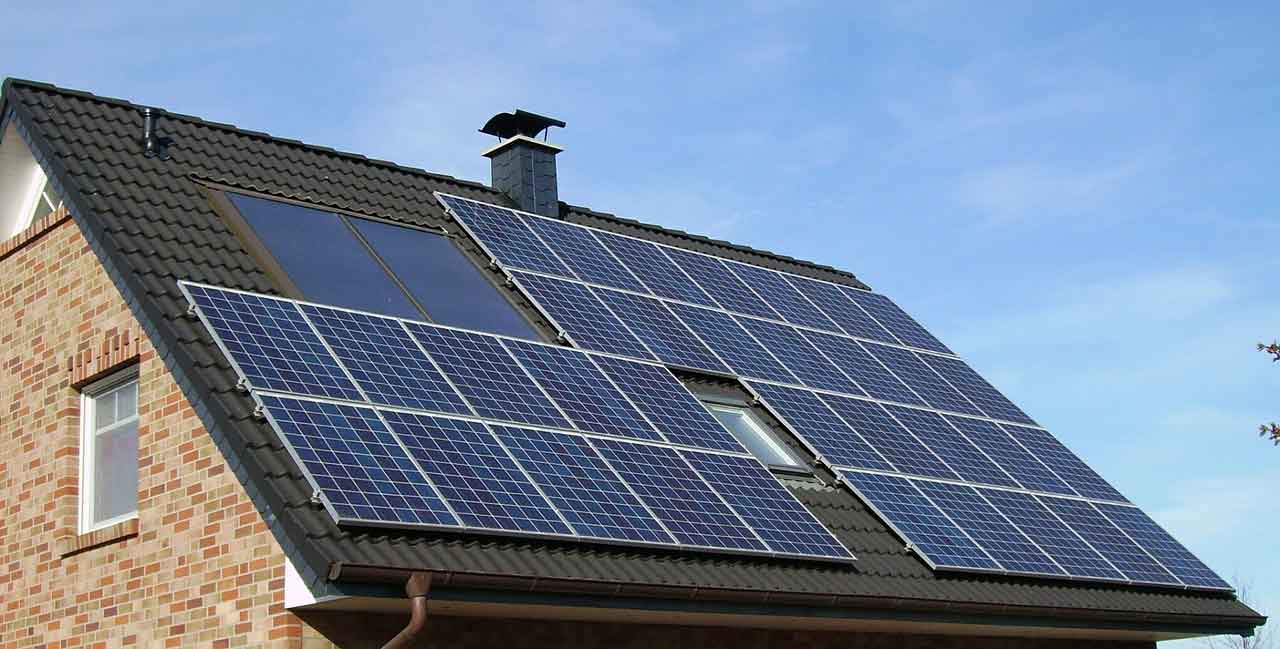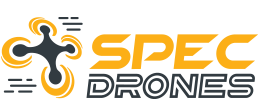
16 Aug Solar Panel Inspection
Solar Panel Inspection Boosted By Drones
Drones can be used for a number of purposes, and today, safety inspectors in the world of alternative energy are finding a new option to help them out. When it comes to inspecting solar panels that are not pulling enough energy, or may have issues, there are several things that need to get done. Professionals have to isolate the cells themselves, and they are not always at arms length. In some instances, paneling can be on top of a large building, they can be very high up into the air, or they can be tall, and require a great deal of work to scale them to clean, replace, and inspect them manually. This all can be difficult, and in some arenas, dangerous. However, with the assistance of new drones, things can get a lot easier to manage, and it’s becoming an incredible thing to look into overall.
Easier Inspection By Air
One of the easiest things that drones provide is an aerial view of solar paneling across a large surface area. Some companies have a great deal of patterns and surface area to work through, and that means that crews would have to work upwards of 8 hours or so to get a helping hand in progressing. Inspections that are used with high definition cameras and video creates a simpler solution overall.
Getting Closer Than Ever
With the latest drone technology, you are going to find that there’s a lot of different options that come with them. When these were introduced, they had minimal megapixels, zoom lenses, and more. Today’s up to date models have high end cameras, high end digital zoom lenses, and so much more. You’ll be surprised how effective these are, and when experts use them from the ground, cameras can take closer views of panels that are scratched, dented, dirty, and more. By doing this, inspectors and companies can focus on getting the “right” fix done, instead of having to make several trips to the panel and figure out whether or not there’s a fix, a drone can help determine things ahead of time.
Efficient Inspection Process
Take into account that inspecting solar paneling takes time. Now, imagine there are 100 or even 1,000 panels that need inspecting. A large crew may check each one, and look to see which are damaged, which are cracked, and which are under performing. However, that is going to take a great deal of time and effort. Even with modern technology, grid based solutions, computer aided opportunities, and more, can be easy to work with. But they still take time.
Now, focus on the bigger inspection process that utilizes drones. Drones allow efficient processing, and allow teams to work with visuals ahead of schedule. These tech components can highlight paneling that needs upgrades, without sending crews ahead to see them up close. Video, high definition images, and surveillance become the basis of creative inspections, and efficient processing. It can save money, it can help isolate problems, and deliver fixes much faster than manual inspections that require a large team to focus on fixes one by one.
About the Solar Industry
Continuous growth of the solar industry brings an ever-expanding base of solar installations. Quality assurance is of fundamental importance for solar panels as they are expected to provide a life of 20 years. The failure-free operation of the panels is a prerequisite for efficient power generation, long life, and a high return on investment. This is often not the case with myriad of solar panel manufacturers supplying products of varying quality. Over time, solar panels may develop defects which can be easily fixed if detected in time, but can cause a severe drop in energy production and in some cases even start a fire if left unchecked.
Performance declines as solar cells degrade due to unavoidable circumstances
- UV exposure
- Thermal cycling
- Damp heat
- Humidity freeze
- Solar panels degrade about 0.5% to 3% each year
Solar Panel Array Inspections
Cells become negatively biased and instead of producing electrical energy they produce heat energy due to:
- Cell failure
- Interconnection failure
- Melting of solder
- Degradation of the solar cell
- Decrease of operational efficiency
- Potential problem areas can be detected and repaired
Our Drone Thermal Imaging Services
To ensure a failure-free operation, a mechanism needs to be in place which is fast, simple and reliable to evaluate. Hence more and more solar panel installers work with experienced thermographers; we offer regular thermal imaging inspections to ensure the safety and effective deployment of solar systems.
What are the advantages of thermal imaging?
- Anomalies can clearly be seen on a high resolution thermal image, they cannot be seen with a naked eye
- Drones with a thermal camera can scan installed solar panels during normal operation
- Scan large areas with short time frame
- Potential problem areas can be detected and repaired
- Geo tagging – localize faulty modules easily in large areas, e.g., in solar farms and relate the thermal images to the equipment, e.g., in reports.
Efficiencies of Drones in Solar Farm Inspections
- Utilizing UAS will typically reduce cost of inspections by approximately 30-50%
- Speed of inspection time is greatly improved
- Safety of personnel is improved as there is less need for personnel to ascend to height for inspections in the case of elevated arrays
Avoid Costly Mistakes
- A single malfunctioning cell can compromise the entire system causing economic damage
- Effective maintenance of the system is required to obtain the best possible performance and better return on investment

